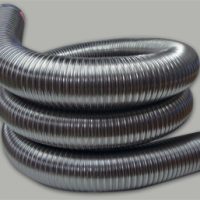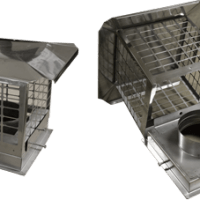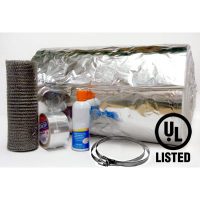Stove pipe construction is important. It can be dangerous if you connect a wood stove to a chimney liner using the wrong stove pipe. A furnace may use 26 gauge stove pipe. The stove pipe construction does not have to be as heavy duty for a furnace. This is because the heat output of a furnace is less than a wood or coal stove. Most furnace stove pipe has an overlap seam, this is where the pipe is cut long ways down the side of the pipe and it snaps together to form a closed pipe. This would not be the ideal pipe for wood stoves.
The stove pipe construction that you would like for a wood stove has welded seams. This allows no creosote to escape. You would also want 24 gauge or 22 gauge stove pipe. There is black stove pipe that is seam welded and is 22 gauge available on the market today.
Another option is to use rigid stainless steel chimney liner. This pipe will outlast all of us. It is 24 gauge and seam welded. Rigid chimney liner has tee’s, elbows, slip connectors and other components available.
If you are venting wood you can use 304L alloy chimney liner, if you are venting anything else you need 316L alloy.






